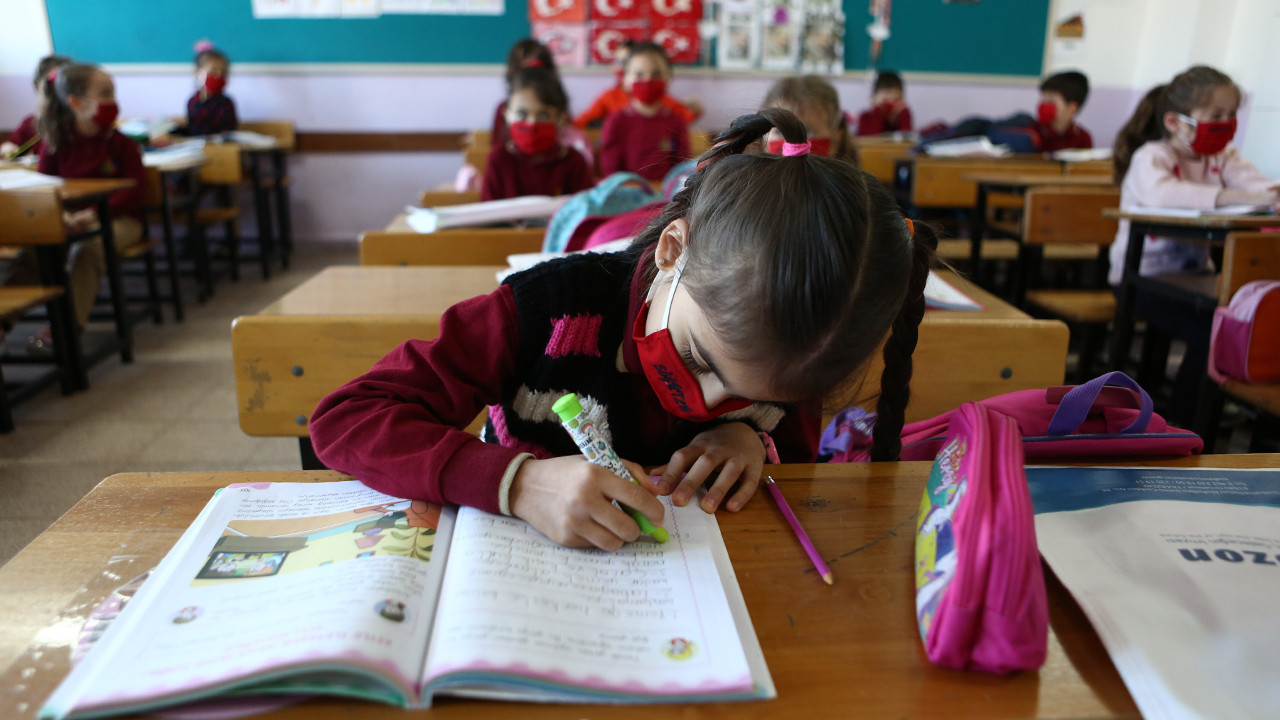Turkey's drop-out rate surges, leaving 2 million students out of formal education
According to a report by the Parents' Association (Veli-Der), the school dropout rate has been on the rise in Turkey due to increasing school expenses and the declining quality of education. At least two million children who should be in school were out of formal education based on the official statistics.
Pelin Akdemir / Gazete Duvar
Although the 2024-2025 school year in Turkey started on Sept. 9, the Student Parent Association (Veli-Der) has stated that the dropout rate has increased dramatically.
The biggest factors in this were the increase in school expenditures, poverty, high private school fees, and the low quotas in high-quality public schools, according to the Veli-Der's report.
Barış Dinga, President of the Bursa Provincial Branch of the Veli-Der, stated that the highest number of school dropouts occurs during the transition from secondary school to high school.
In Turkey, all children have to study until the 12th grade, i.e. until the end of high school.
2 million children out of formal education
The latest figures from the Education Ministry indicated that more than two million children who should have been in school were not receiving formal education.
The report highlighted an increase in child labor in parallel with the rise in school dropouts. For example, the number of students in the Vocational Education Centers (MESEM) program launched in 2016 increased from 160,000 to 1.264 million.
Turkey’s Education Ministry launched the MESEM program allowing middle school graduates to enroll in a one-year program where they can receive “theoretical and practical vocational training.” Students spend one day of the week in class, and four days apprenticing at a workshop or factory.
According to data from the Turkish Statistical Institute (TÜİK), 720,000 children aged 5-17 have been working as "child laborers."
Meanwhile, private schools now account for 24% of all schools in Turkey, and education expenses have risen by 120 percent according to TÜİK.
Highest dropouts occur during transition to high school
The most common school dropouts occur during the transition from middle school to high school. The proportion of students attending “open-education” middle schools has increased from 3.2 in 2023 percent to 6.1 percent in 2024.
The open education system allows students to attend distance learning by only entering exams on certain dates.
The report also pointed out that regulations play a role in school dropouts. According to the regulation enacted on Sept. 8, 2023, students who fail in 9th grade and have to repeat the year. Nonetheless, most of them have been directed to MESEMs by the authorities.
Parents' Association Representative Dinga stated, "We see that Turkey’s education system is gradually moving towards making schools obsolete and detaching students from education."
Dinga mentioned that education has been operating under a new order due to its religious and commercial orientation. He pointed out that both private and public schools require registration fees, essentially making education a purchasable commodity, which he argued is contrary to the Constitution.
“With the High School Transition System (LGS), approximately 10 percent of students enter ‘qualified high schools,’ while the remaining 90 percent enter vocational high schools, imam hatip high schools along with a small number of students enter underqualified high schools based on their address. Children who do not want to attend these high schools opt for open high schools as a last resort. Another option is MESEMs,” Dinga underscored.
The report reminded the impact of the closure of rural schools, child marriages, and seasonal agricultural labor on the drop-outs.
Dinga noted, “Today, instead of academic high schools, children are employed in institutions such as MESEMs, where students are paid a very small amount of wages.”

 Turkey sees 1.2 million children out of formal educationEducation
Turkey sees 1.2 million children out of formal educationEducation Yet 11th child worker killed in Turkey’s state-run vocational training centersDomestic
Yet 11th child worker killed in Turkey’s state-run vocational training centersDomestic Turkey National Children’s Day: Child labor rate rises to 22 pct in 2023Human Rights
Turkey National Children’s Day: Child labor rate rises to 22 pct in 2023Human Rights